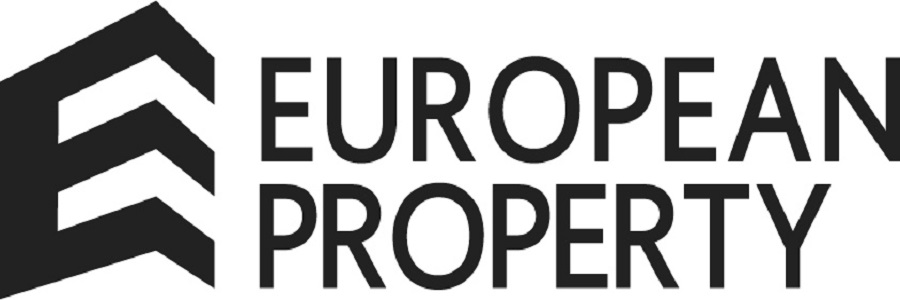How to choose suitable furniture for a child’s room, its material, finish and what to look out for when choosing? In addition to the principles of furniture design and placement, the material from which children’s furniture is made is particularly important.
Laminated chipboard
Probably the most commonly used material for children’s furniture is chipboard. It is created by pressing wood chips flat and the most common surface treatment is lamination. The surface of laminated boards is hard, durable, and we can choose between a number of textures. We can choose from a fairly extensive range of designs, whether it is monochrome decors suitable for children’s rooms or decors with a wood grain. The particleboard surface resists all liquids and damages quite well. It is easy to maintain and you don’t have to worry about using almost any cleaning product. The surface of the board is uniform, but the edges and any cuts are taped with edge tape. If not taped properly, moisture can enter the edge and the boards can begin to swell. Therefore, when handing over the furniture, pay attention to these small details.
The price of the furniture is usually positive. It is significantly lower than painted constructions. With unusual colours and patterns, the material can become more expensive by having to order more boards. However, the joiner should warn you about this in advance and make full use of the boards or recommend an alternative. Particleboard is not suitable for the production of profiled parts of a structure due to its internal structure.
Fibreboard (MDF)
MDF is a board moulded from milled wood. Compared to particleboard, it has a finer and more integral structure. This makes it particularly useful when the edges or surfaces of furniture are profiled. MDF boards can be easily machined into different shapes or any motif can be milled into the surface. There is therefore a huge scope for imagination when using them. Rounded edges and corners are often used in children’s furniture, so MDF is a suitable material.
MDF furniture is usually painted with water-based varnishes – glossy, matt or semi-matt. A glossy finish is downright unsuitable for children’s rooms and matt is a much better choice. The surface is smooth, uniform and flows neatly into the edges without any joints through which moisture can enter the furniture. The advantage of lacquered MDF is the unlimited choice of colours. However, the lacquered surface is not suitable for mechanically stressed surfaces. It scratches easily and is not resistant to indentation. We do not recommend this material for workbenches, but it is definitely a good choice for cabinets and shelves. For painted MDF, expect a higher price for the material than particleboard.
Solid wood
The most common wood used for the construction of children’s furniture is softwood – spruce or pine. They are softer but more cost-effective than hardwoods (such as oak, beech…). Solid hardwood such as oak is particularly suitable for the construction of bunk beds or beds, due to its durability and quality. Its surface is also less resistant to indentation than the surfaces of laminated boards.
Solid wood furniture offers the most surface finish options. It can be treated with staining, bleaching, transparent or coloured lacquering. There are also oils and waxes on the market, but these are not suitable for a child’s room. They have reduced surface resistance to water and chemical penetration (fruit juices, cleaning agents, etc.).
The price depends on the specific type of wood used. Oak furniture is the most expensive option and the aforementioned softwoods are more affordable. Try to always choose responsibly-sourced wood, and as ever, spending more money pays off in the end in terms of how the furniture ages.
TIP: If you want neutral, white furniture, but at the same time preserve the natural texture of the wood, opt for a bleached finish.
Plastic
In addition to wood-based materials, plastic is also used in children’s rooms. Of those used to make furniture, polypropylene (children’s chairs, tables, etc.) or polycarbonate are the most commonly used. The latter is mainly used in the manufacture of transparent plastic chairs and lights. Not usually used for larger structures, plastic is mainly used for smaller children’s furniture and accessories. Of course, very easy to maintain, and long lasting.
Each of these materials have their advantages and disadvantages, so don’t be afraid to combine them. If you like the durability of laminated surfaces and the variability of MDF shapes, then you can use cheaper particleboard for the furniture bodies and structure and have the doors made from MDF. You can mill in handles, round the edges or use cheerful colours.
If you are unsure about your choice, ask your joiner for a sample of each material and try out their properties and durability for yourself. You’re furnishing your room for several years ahead and it pays to be happy with the look, durability and longevity of your furniture. When choosing colours, always take a sample directly to the place where the furniture will stand. With different light in the room, you may be surprised to find that the colour is suddenly bolder or colder than you thought in the showroom.
Want to find everything you need for your home in one place? Overwhelmed by the choice of shops, or want to discover new brands? Introducing FAVI – Europe’s leading product search engine for all things furniture, home décor, and garden. We list products from over 2000 trusted, quality retailers Europe-wide – everything you need, on one website. You can find FAVI in 9 countries – the Czech Republic, Slovakia, Poland, Hungary, the UK, Italy, Sweden, Romania and Croatia. Our mission is to save you time when online shopping so you can create a home you dream of.





